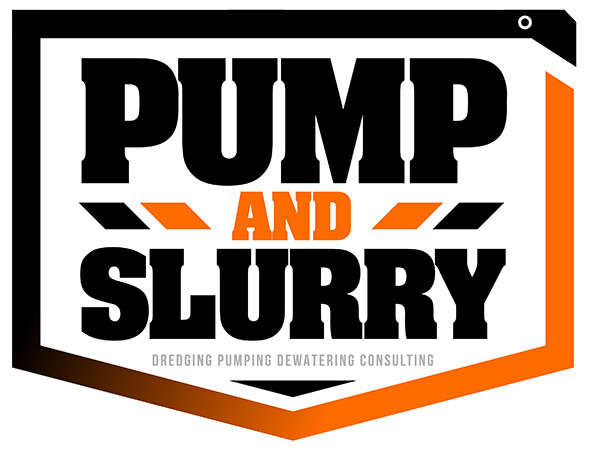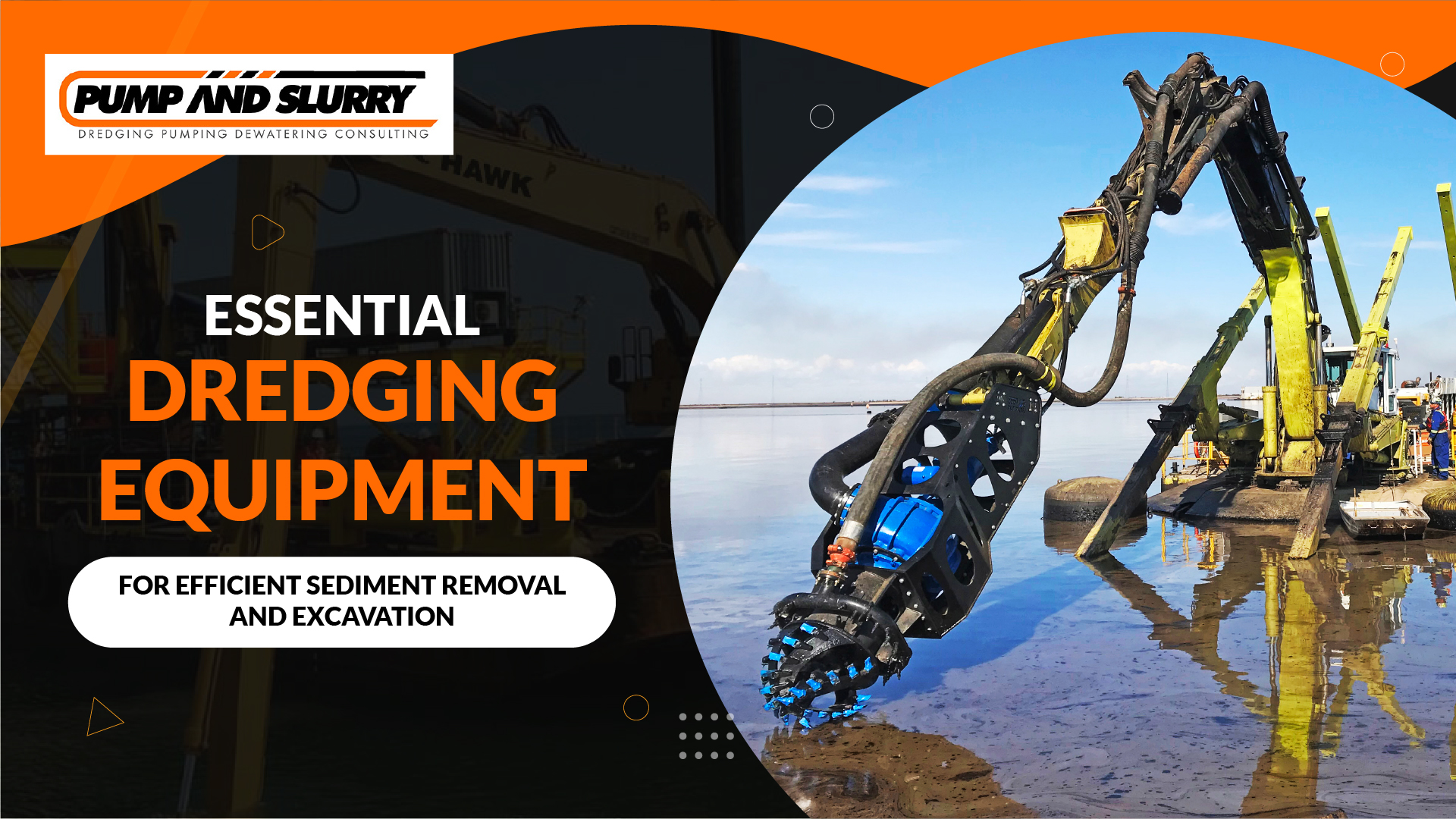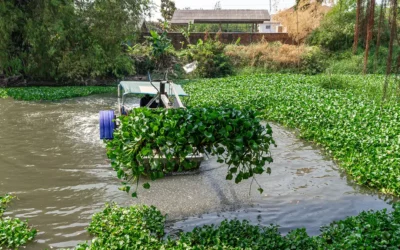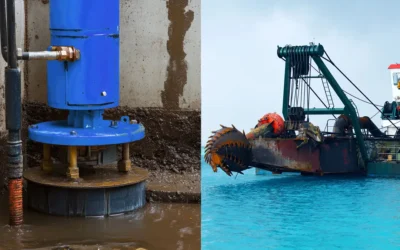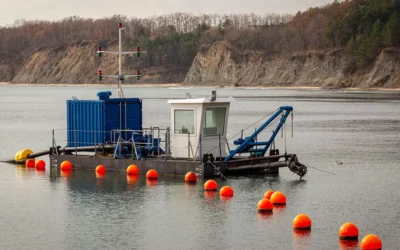Dredging plays a critical role in maintaining waterways, restoring ecosystems, and supporting various infrastructure projects. Removing accumulated sediment ensures navigational safety, prevents flooding, and aids in land reclamation. However, the success of a dredging project heavily depends on selecting the right equipment. The appropriate tools enhance efficiency, reduce costs, and minimize environmental impact, making them indispensable for project success.
This article delves into the essential dredging equipment that drives effective sediment removal and excavation, helping you understand their unique roles and applications.
Why Choosing the Right Dredging Equipment Matters
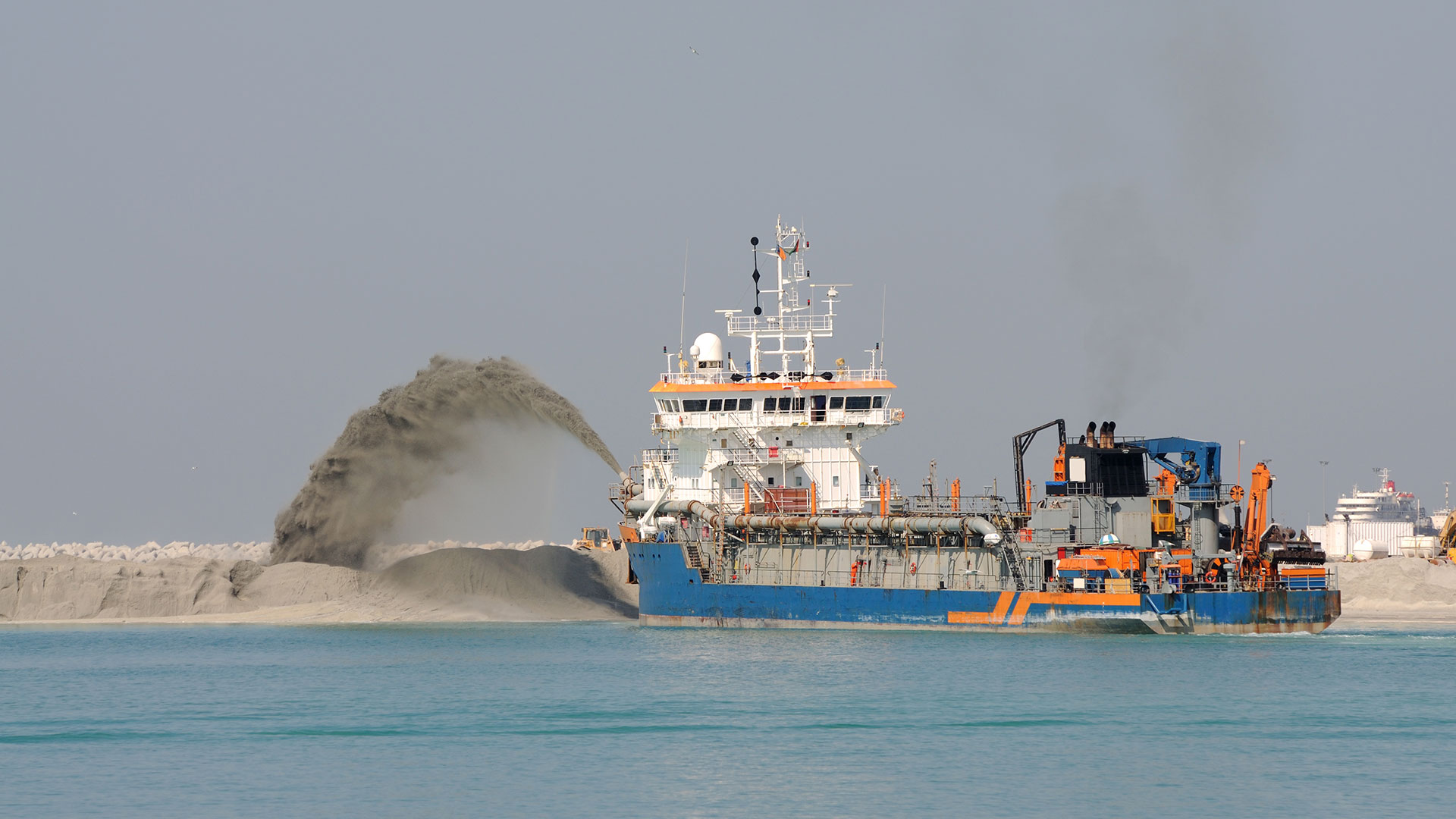
Selecting the right dredging equipment is pivotal for project efficiency and sustainability. It impacts timelines, operational costs, and the project’s environmental footprint.
- Project Timelines: The correct equipment accelerates sediment removal, ensuring deadlines are met without compromising quality. Projects often face delays when equipment isn’t suited for the sediment type or operational conditions, so choosing wisely ensures smoother progress. For smaller water bodies, pond dredging equipment provides precision and efficiency, ensuring that sediment is removed quickly without disturbing delicate ecosystems. In mining operations, using specialized gold dredging equipment ensures faster recovery of valuable materials while adhering to strict project schedules.
- Cost Efficiency: Suitable machinery reduces fuel consumption, labor costs, and maintenance needs. Advanced dredging equipment often incorporates features to minimize energy usage and optimize performance, leading to significant cost savings. Whether utilizing pond dredging equipment for maintaining local water bodies or gold dredging equipment in mining operations, the right choice of tools dramatically improves cost efficiency and resource allocation.
- Environmental Impact: Modern dredging equipment and tools minimize sediment dispersion and disturbance to aquatic habitats. Eco-friendly dredging equipment has been designed to reduce emissions and ensure compliance with environmental regulations. For projects in sensitive habitats, pond dredging equipment is specifically engineered to minimize ecological disruption. Similarly, advanced gold dredging equipment employs sustainable practices, reducing the environmental footprint while maintaining high efficiency.
Factors to Consider When Selecting Equipment:
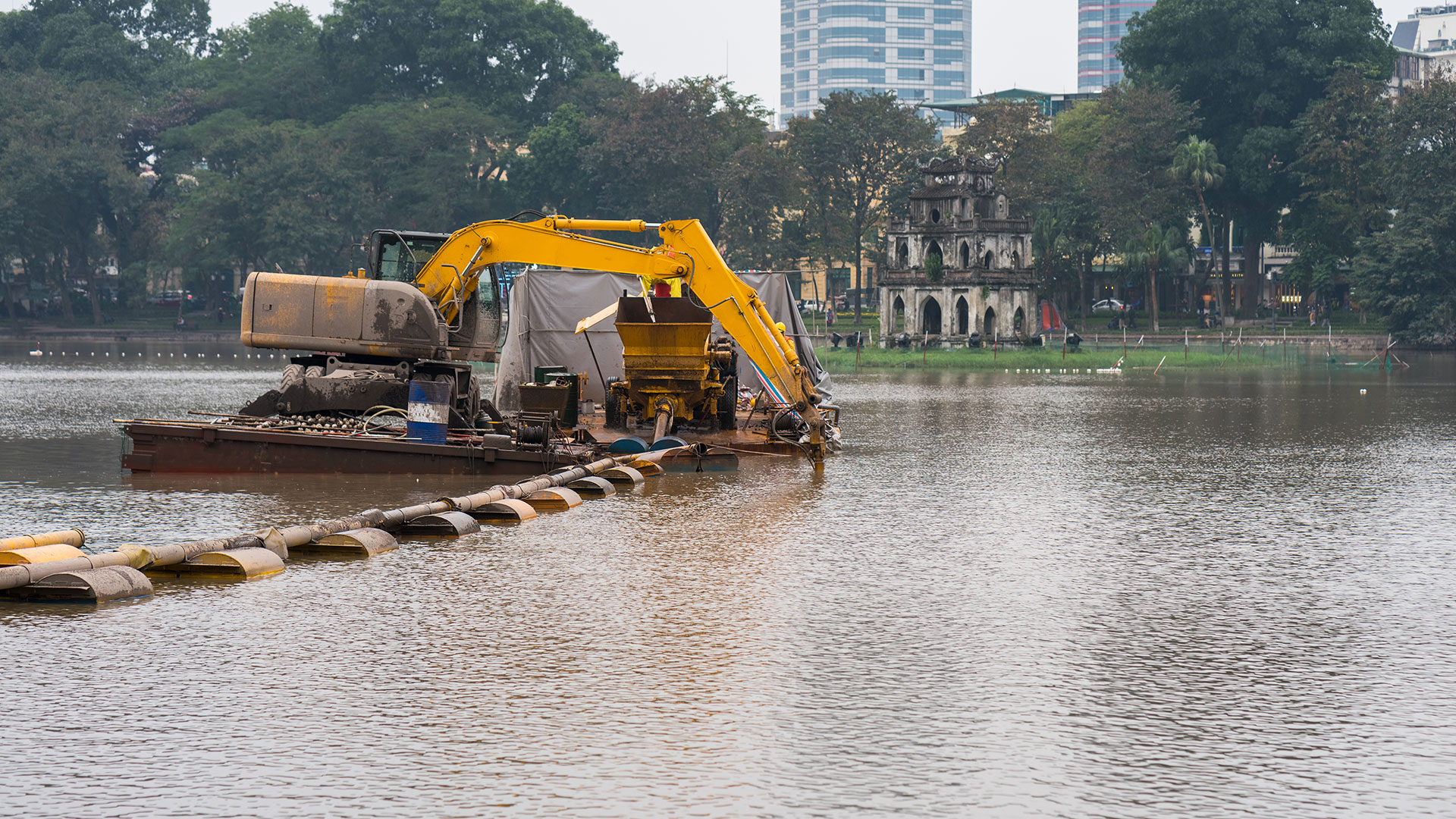
- Project Size: Larger projects may require high-capacity hydraulic dredgers, while smaller sites, such as those requiring pond dredging equipment, may benefit from mechanical options that are easier to mobilize.
- Sediment Type: Soft sediments like silt are best handled with suction dredgers, whereas rocky materials or applications like gold dredging equipment require mechanical tools such as clamshell dredges. Understanding the composition of the seabed or riverbed is key to selecting the appropriate equipment.
- Site Conditions: Environmental restrictions, water depth, and access points influence equipment choice. Shallow waters or confined spaces, including those for pond dredging equipment, may necessitate specialized tools for effective and efficient operation.
Key Categories of Dredging Equipment
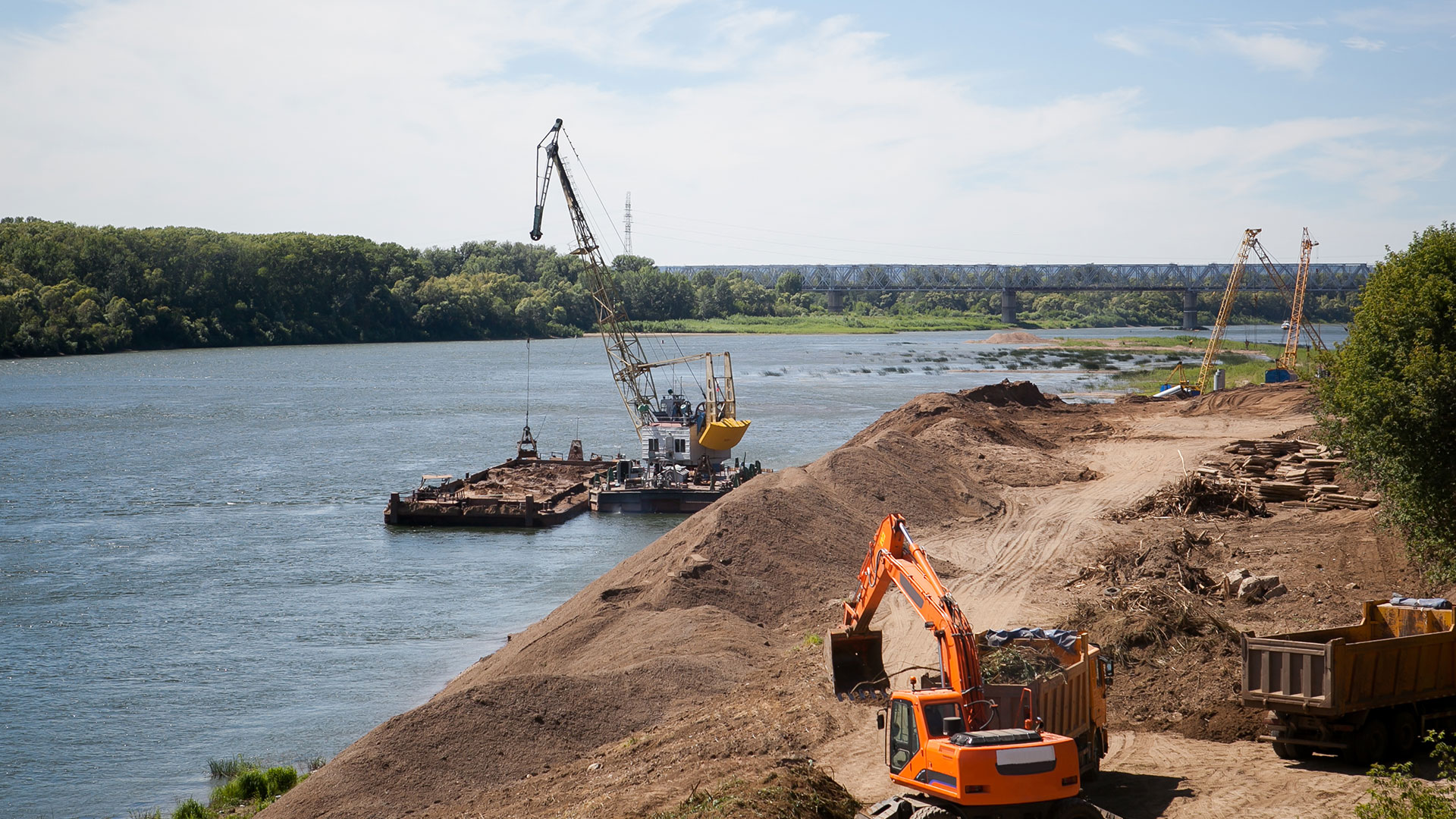
Dredging equipment falls into three primary categories, each suited for specific applications and sediment types.
Mechanical Dredging Equipment
Mechanical dredgers excavate sediment using physical tools like buckets or grabs. These machines are ideal for precision excavation and handling coarse materials.
- Examples:
- Backhoes: Mounted on barges, they excel in shallow waters and compacted sediments. Their ability to dig deeply into tough material makes them indispensable for projects like bridge construction.
- Clamshell Dredges: Efficient for removing localized sediment with minimal turbidity. These dredges are often used in urban harbor settings.
- Draglines: Operate with extended reach, making them suitable for remote excavation. They are effective in areas with loose or partially compacted material.
- Best Applications: Compact, rocky, or hard sediments in harbors and construction sites. They are often deployed in projects that require precise sediment removal without disturbing nearby operations.
Hydraulic Dredging Equipment
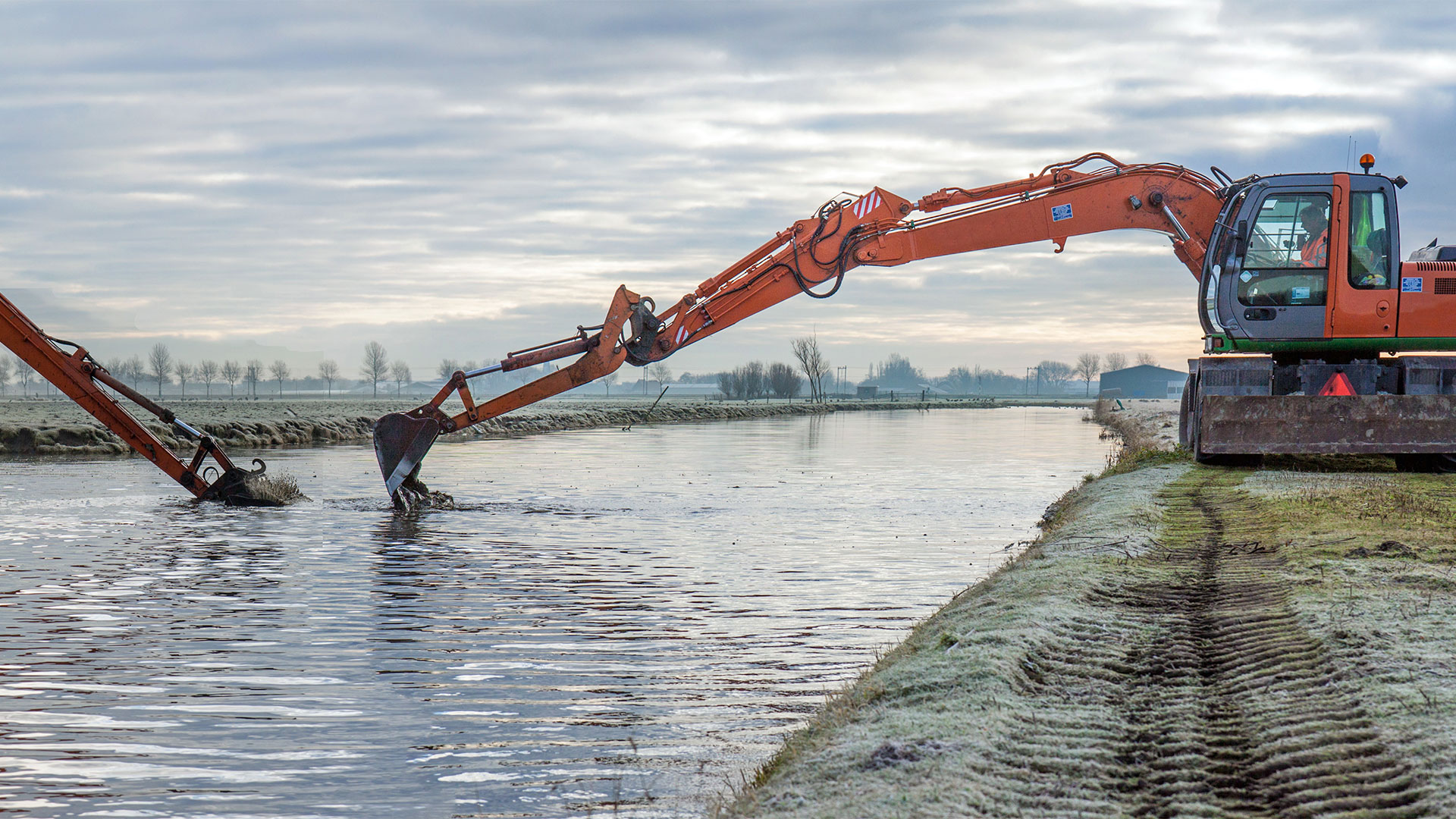
Hydraulic dredgers use water flow to loosen and transport sediment. They are ideal for high-volume projects and soft sediments.
- Examples:
- Cutter Suction Dredgers (CSDs): Feature rotating cutters to break up sediment before suction. These are highly effective for land reclamation projects, allowing accurate sediment displacement.
- Hopper Dredgers: Self-contained units that collect and transport dredged material. Their ability to operate in open waters makes them invaluable for maintaining shipping lanes.
- Plain Suction Dredgers: Efficient for removing loose sediments in shallow waters. They are straightforward in design, making them cost-effective for smaller projects.
- Best Applications: Loose sediments and large-scale excavation in rivers, lakes, and open seas. They offer efficiency for operations requiring continuous dredging and dredging equipment over expansive areas.
Specialized Dredging Equipment
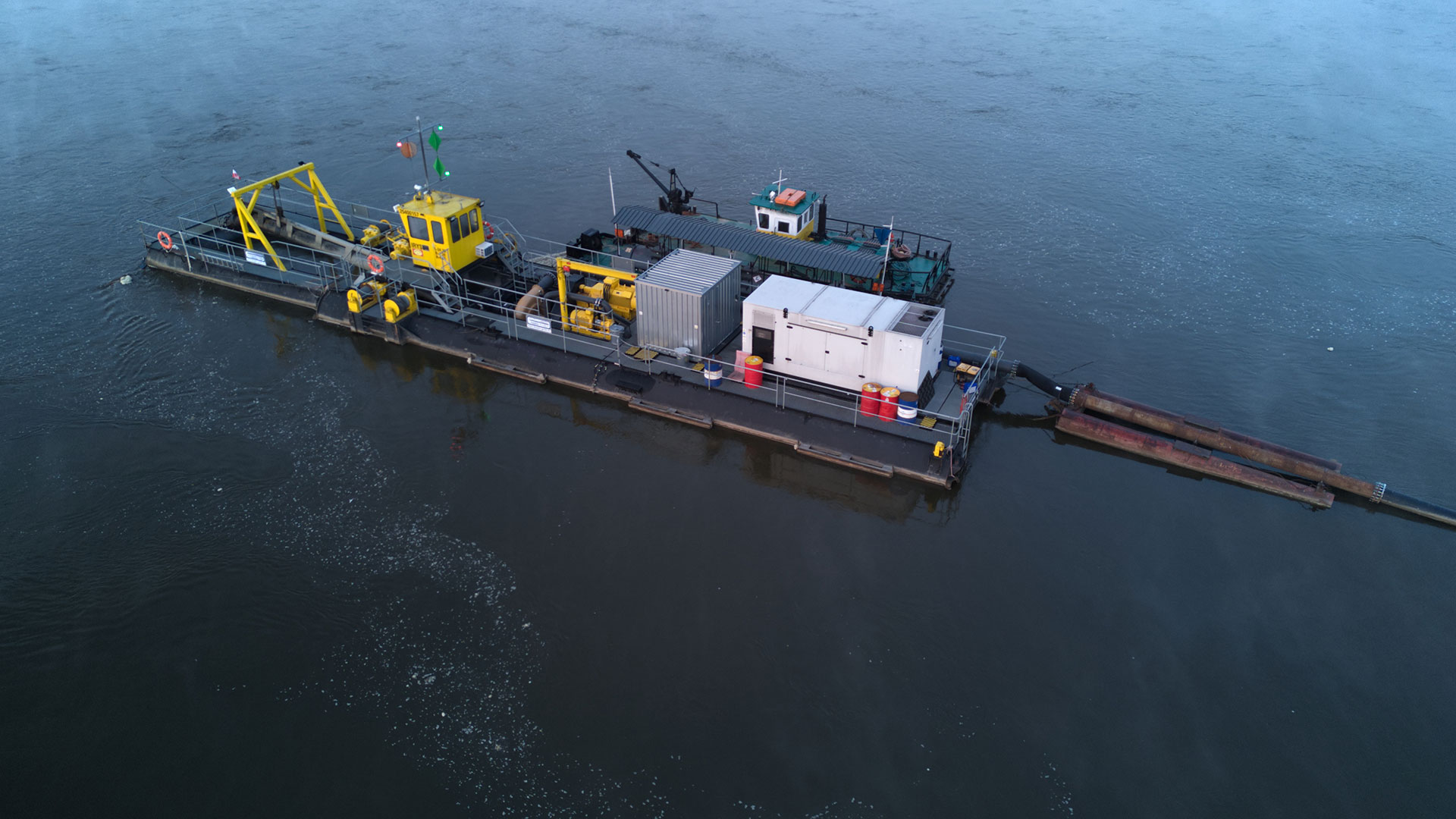
Specialized dredging equipment and tools are tailored for niche environments and challenging sediment types. These tools play a critical role in addressing unique project demands, ranging from environmental conservation to industrial-scale mining.
- Examples:
- Auger Dredgers: These precision tools are designed for environmental dredging and sludge removal with dredging equipment. Their low environmental footprint makes them ideal for sensitive habitats where preserving ecological balance is critical. When used as pond dredging equipment, they excel in maintaining smaller water bodies by removing sediment and organic buildup without causing harm to aquatic life.
- Bucket Wheel Dredgers: Renowned for their ability to handle heavy-duty sediment excavation, these dredgers are highly efficient in mining operations. They are particularly effective as gold dredging equipment, ensuring the recovery of valuable minerals while managing sediment movement in mining environments.
- Amphibious Dredgers: These versatile machines operate in both water and marshy terrains, making them indispensable for projects in fluctuating environments. They are ideal for wetland restoration and shallow water dredging, including tasks requiring fine sediment removal in ponds or tidal zones. With the right dredging equipment, these projects can be executed efficiently, ensuring precision and environmental sensitivity.
- Use Cases:
- Marsh Restoration: Amphibious dredgers are highly effective dredging equipment for delicate ecological projects. Their ability to traverse soft, marshy areas enables efficient sediment removal without disrupting the natural habitat, making them an ideal choice for environmentally sensitive operations.
- Mine Tailings Management: Bucket wheel dredgers are widely used for managing sediment from mining operations. As gold dredging equipment, they ensure the efficient separation and collection of valuable materials while maintaining a steady excavation flow.
- Shallow Water Dredging: Auger dredgers and amphibious dredgers shine in shallow water environments like ponds. They are valued as pond dredging equipment due to their precision in sediment removal, helping to improve water quality and prevent blockages without harming the ecosystem.
Detailed Overview of Essential Equipment
Cutter Suction Dredgers (CSDs)
CSDs are among the most versatile dredging tools, equipped with rotating cutters to break down sediment before suctioning it.
- Advantages:
- Precision in sediment removal is a hallmark of advanced dredging equipment. The ability to cut through hard materials makes this equipment invaluable for excavation projects requiring high levels of accuracy and efficiency.
- Effective in compacted materials like clay and sand, advanced dredging equipment excels in challenging environments. Their robust cutting systems ensure smooth operation and reliable performance even in tough conditions.
- Applications:
- Canal Deepening: CSDs are widely used dredging equipment for deepening canals to ensure navigational safety. Canals often accumulate sediment over time, making them shallow and hazardous for large vessels. By effectively cutting through compacted sediment, CSDs restore the required depth, ensuring the smooth passage of cargo and passenger ships. This is critical for maintaining trade routes and preventing accidents.
- Land Reclamation: In urban or industrial development, CSDs, a type of advanced dredging equipment, play a vital role by excavating and relocating sediment to create new land areas. This process is essential for expanding cities, building ports, and developing industrial zones. The precision of CSDs ensures that sediment is removed and placed exactly where needed, minimizing waste and optimizing the use of dredged material.
- Harbor Maintenance: Harbors are prone to sedimentation, which can block ship access and disrupt operations. CSDs, a type of specialized dredging equipment, are crucial for maintaining the operational depth of harbors. Their ability to handle compacted materials ensures that harbors remain functional, supporting economic activity and international trade.
Trailing Suction Hopper Dredgers (TSHDs)
TSHDs collect sediment in an onboard hopper, making them suitable for transporting materials over long distances.
- Advantages:
- Efficiency in open-water dredging. Their ability to operate continuously in open waters allows for quick and effective sediment removal.
- Minimal environmental impact due to controlled sediment discharge. Their precision in material placement helps mitigate environmental risks.
- Applications:
- Maintenance of Shipping Channels: Regular maintenance of shipping channels is crucial to ensure the safe passage of vessels. Over time, these channels can become obstructed with sediment, posing risks to navigation. TSHDs are particularly effective in such scenarios as they can operate in dynamic conditions, removing sediment efficiently without causing significant disruptions to ongoing maritime activities. The collected sediment can also be safely transported and disposed of at designated sites.
- Offshore Dredging in Areas with High Sediment Deposition: Offshore dredging often involves managing vast quantities of sediment that accumulate due to natural currents and human activity. TSHDs are well-suited for this purpose, thanks to their large capacity and ability to operate in challenging open-sea conditions. These dredgers not only remove sediment but also ensure it is relocated responsibly, which is essential for maintaining underwater pipelines, offshore platforms, and other critical marine infrastructure.
Backhoes and Excavators on Barges
These mechanical dredgers excel in nearshore operations and projects requiring precision.
- Advantages:
- High accuracy in sediment removal. They provide unparalleled control, essential for tasks near structures like piers and bridges where precision is non-negotiable.
- Minimal water turbidity. Their design helps reduce disruption to aquatic ecosystems and ensures cleaner working environments.
- Applications:
- Bridge and Pier Construction: In bridge and pier construction projects, sediment often needs to be removed to create stable foundations. Backhoes and excavators mounted on barges excel in this task by ensuring precise excavation around structural elements, preventing damage to nearby infrastructure. Their ability to operate in confined spaces and remove compact sediments makes them indispensable for these projects.
- Removal of Compact Sediments in Urban Waterways: Urban waterways often face challenges of compact sediment buildup due to limited natural flow and increased urban activity. Backhoes and excavators are well-suited to address these challenges. Their agility allows them to navigate tight spaces, removing stubborn sediments without disrupting surrounding activities. This is particularly useful in revitalizing canals, rivers, and urban water systems.
Pumps and Booster Stations
Hydraulic pumps and booster stations extend the operational range of dredging equipment.
- Importance:
- Handle large sediment volumes efficiently. These systems ensure that materials are transported swiftly and effectively over long distances.
- Ensure consistent material transport over varied terrain, enabling reliable operations in diverse conditions.
Pipeline and Discharge Equipment
Pipelines are critical for transporting dredged material from the site to disposal or reclamation areas.
- Key Features:
- Durable Materials: Pipelines are commonly constructed from high-density polyethylene (HDPE) or steel, ensuring they can withstand the pressures and abrasions associated with dredging operations. HDPE pipelines are particularly valued for their flexibility and corrosion resistance, while steel pipelines are ideal for handling large volumes and higher pressures. These materials ensure the longevity of the pipeline, even under harsh environmental conditions.
- Wear-Reducing Technologies: Modern pipelines incorporate advanced internal linings, such as rubber or polyurethane coatings, to reduce wear caused by abrasive sediments. These linings extend the lifespan of the pipeline and reduce the frequency of maintenance and replacement. Additionally, technologies like segmented joints allow for easier assembly and disassembly, making pipelines more adaptable to various project requirements.
- Efficiency in Transport: Pipelines are designed to transport dredged materials efficiently over long distances, either to disposal sites or for use in land reclamation projects. Booster stations strategically placed along the pipeline maintain the pressure and flow of material, ensuring uninterrupted transport even in large-scale operations.
Advances in Dredging Equipment Technology
Modern dredging technology has revolutionized sediment removal by improving efficiency and sustainability.
Automation and Remote Operation
- Automated dredgers reduce the need for manual labor and enhance precision. They employ advanced sensors and AI systems for optimal performance.
- Remote-controlled equipment ensures safer operations in hazardous environments. Operators can control equipment from secure locations, reducing risks.
Eco-Friendly Innovations
- Low-Emission Engines: These engines are designed to significantly reduce greenhouse gas emissions, thereby minimizing the environmental footprint of dredging operations. Advanced low-emission technology ensures compliance with international environmental standards such as MARPOL and other regional regulations. This technology not only reduces air pollution but also improves fuel efficiency, resulting in cost savings for operators.
- Sediment Management Systems: Innovative sediment management systems play a critical role in reducing habitat disruption. These systems use advanced monitoring tools to control the dispersion of sediment during dredging. For example, turbidity curtains and precision dredging techniques help contain sediment plumes, ensuring minimal impact on aquatic ecosystems. Additionally, the collected sediment can be repurposed for land reclamation or habitat restoration, contributing to sustainable project outcomes.
Maintenance and Support Equipment
Proper maintenance is essential for extending the lifespan of dredging equipment and minimizing downtime.
- Essential Tools:
- Lubrication systems for moving parts to ensure smooth operation.
- Hydraulic testing kits for diagnosing potential issues early.
- Spare parts for pumps and pipelines to prevent project delays.
- Proactive Maintenance Tips:
- Regular inspections for wear and tear ensure equipment remains operational.
- Routine cleaning to prevent sediment buildup extends the life of critical components.
- Scheduled servicing of engines and hydraulic systems reduces the risk of unexpected failures.
Selecting Equipment for Specific Applications
Matching the right equipment to project requirements, such as pond dredging equipment or gold dredging equipment, ensures optimal performance.
- Port Maintenance: Hopper dredgers for clearing shipping lanes. Their ability to work in dynamic conditions makes them highly effective.
- Channel Deepening: CSDs for precision excavation. These dredgers are designed to achieve accurate depths for navigational safety.
- Land Reclamation: Large-scale hydraulic dredgers for transporting materials. Their efficiency allows for quick and large-scale sediment relocation.
- Environmental Projects: Specialized dredgers like auger dredgers for minimal disturbance. These tools are engineered for precision and ecological sensitivity.
Incorporating the right equipment, whether for smaller-scale needs like pond dredging or specific tasks such as gold dredging, maximizes efficiency and aligns with project objectives.
Conclusion
Choosing the right dredging equipment, including pond dredging equipment and gold dredging equipment, is essential for project efficiency, cost control, and environmental sustainability. By understanding the capabilities of different tools, you can ensure the success of your sediment removal and excavation projects.
For expert guidance on selecting the appropriate pond dredging equipment, gold dredging equipment, or any other specialized tools, contact Virginia Dredging. Our team provides tailored solutions to meet your unique requirements, ensuring seamless and effective dredging operations.




